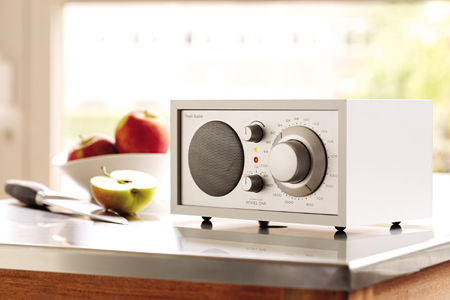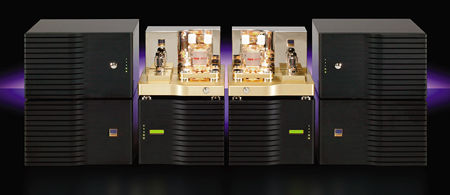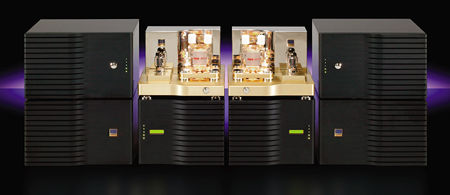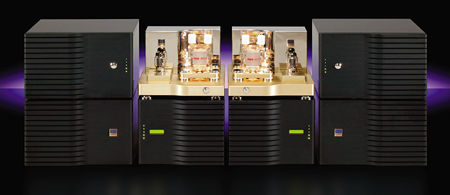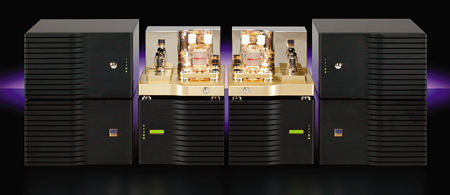Restricting CDs, Version 5
Restricting CDs, Version 5
- Read more about Restricting CDs, Version 5
- Log in or register to post comments
Nobody would claim that Web radio sounds great, but sometimes you can't beat the Internet for variety and convenience. Do you ever listen to online "radio"?

